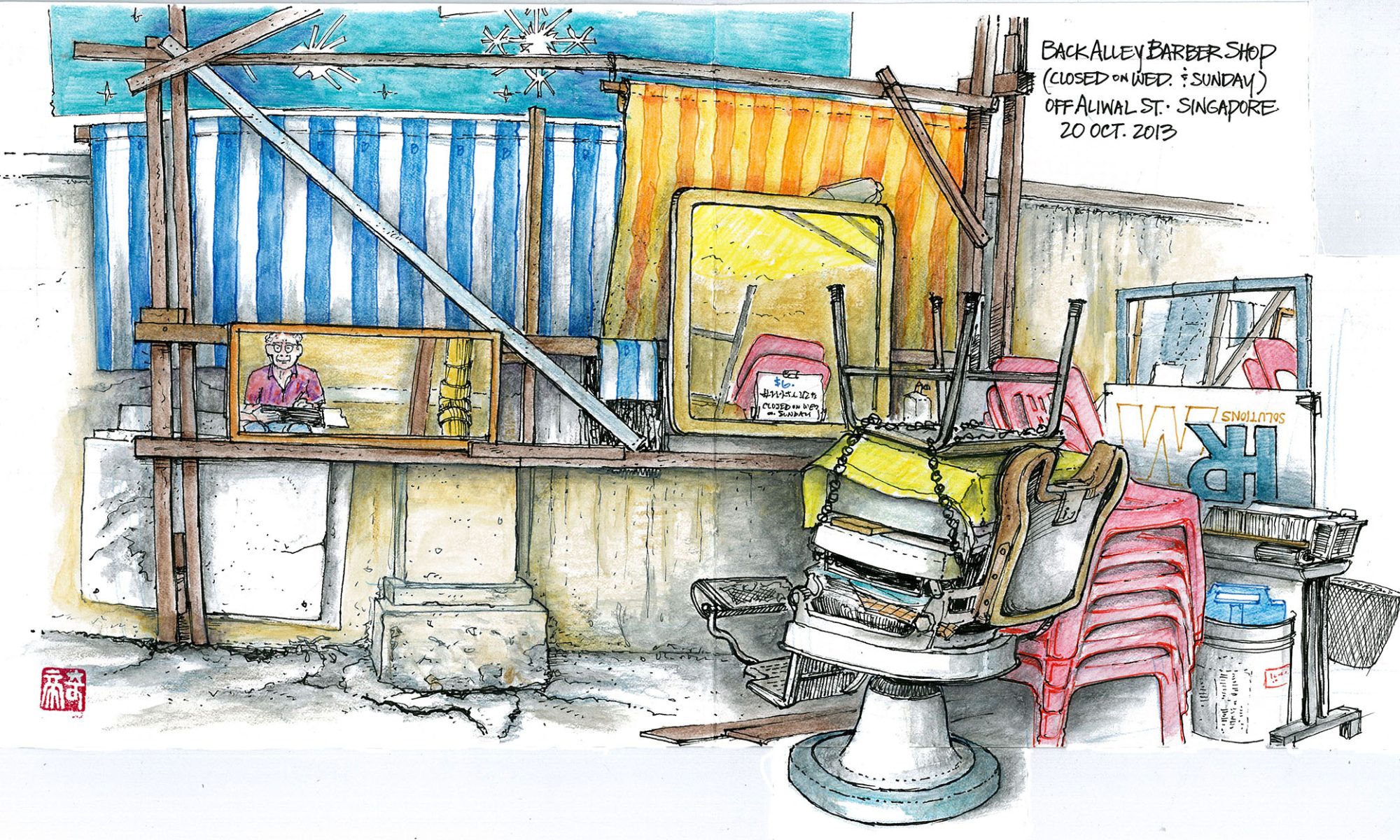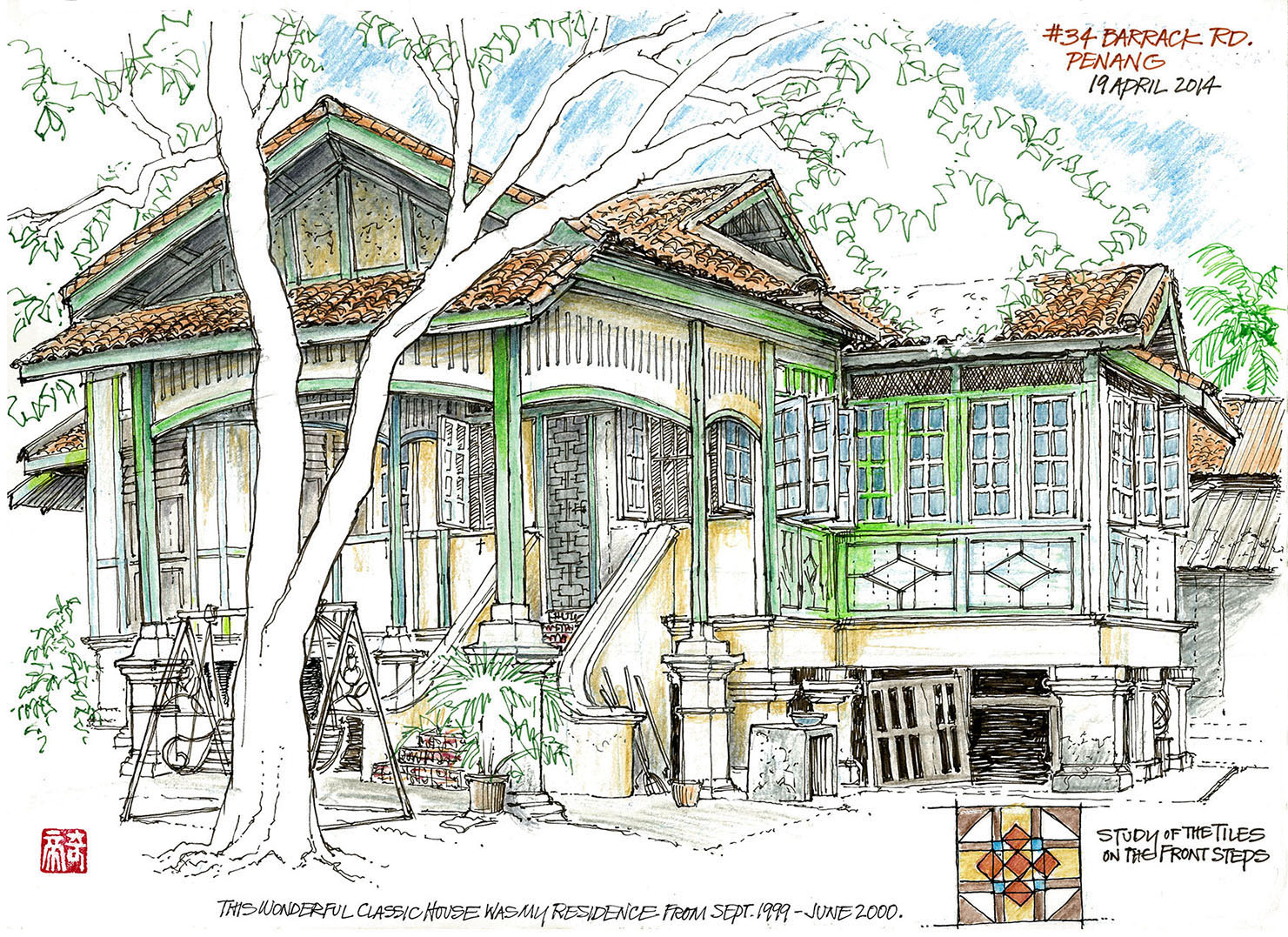
Richard Seymour quoted in his article “Line of Sight,” Blueprint, May 2005: “Drawing is a dying art, fast disappearing from colleges, universities, even design studios, as image–generating technology takes over.”
I wonder if this is true in the Malaysian education concerning art and design.
In my daily practice and understanding of drawing, people repute or regard this discipline as either magical or mysterious. Generally people consider the ability to draw as being gifted or not; others are believed to be born with special or intrinsic talent, such as being able to play musical instruments, to be able to dance, or to sing well and so on and so forth.
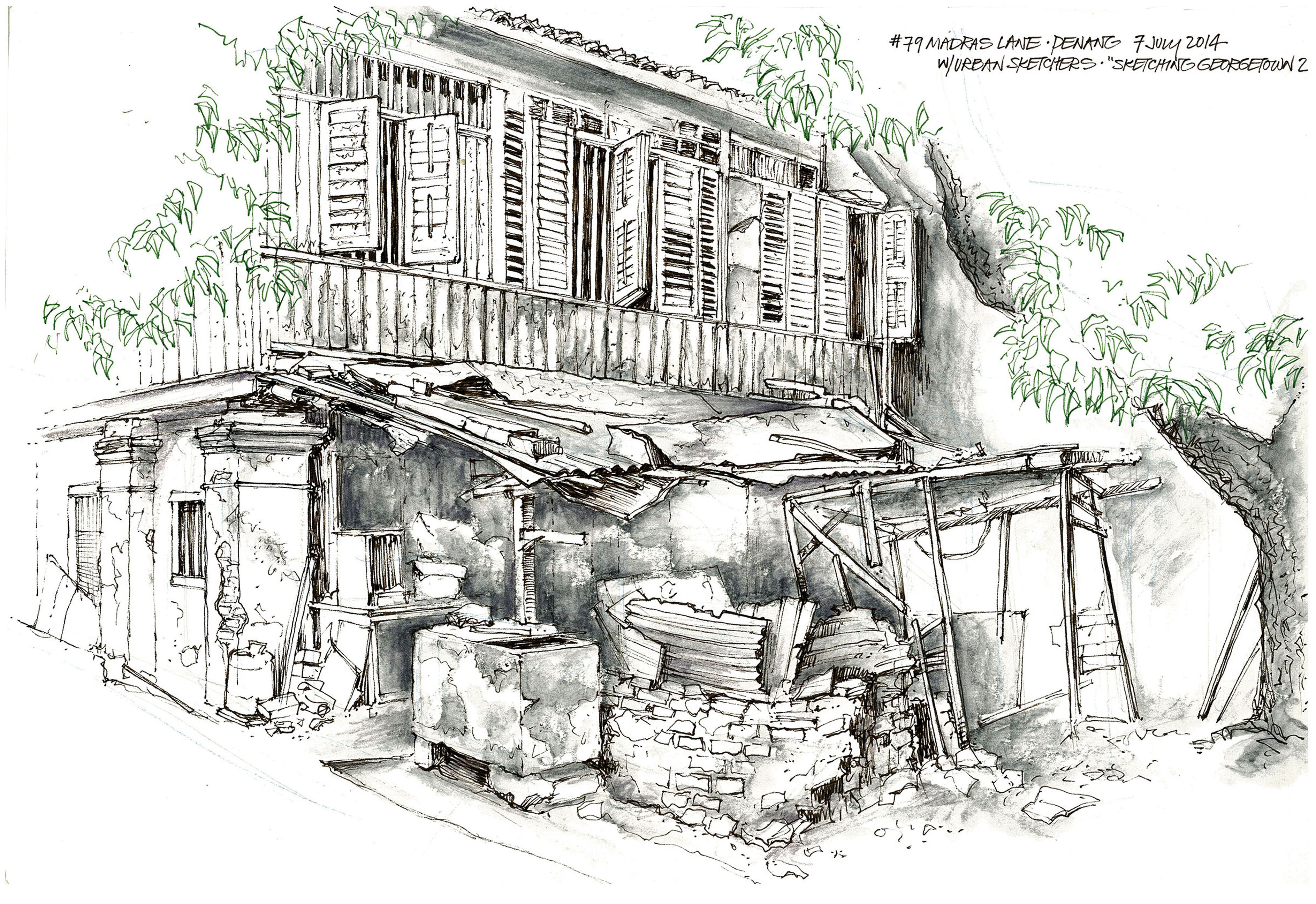
Jean William F. Piaget (9 August 1896 – 16 September 1980), a Swiss psychologist known for his work in child development, argues that children’s drawing performance reflects the child’s cognitive competence, suggesting that it follows a consistent, universal, sequential progression over which an adult has little influence. Drawing is viewed as a progression from scribbles to realism. Richard Seymour defines drawing as “A complex ballet of information processing, a two-way non-verbal dialogue, and an extreme fine motor control that allows us to process emotion, space, reality and imagination, and offer it up to ourselves and others in a form that is instant and universal, understandable regardless of what language you speak or how old you are”. As everyone knows, drawing is a skill-based activity like any other ability that can be cultivated and learned through intensive, non-stop daily practice. Drawing is not about the representation of the reality around us in a realistic or accurate way. I think photography can do a far better job of accomplishing this. Drawing sometimes can become art, as when the artist successfully communicates a concept or subject as they see it to others; to draw is part of the artists’ skilled execution or perhaps a conventional style. However, to gain control over the skilled activity is a way of communication that can begin with training.
To draw something is to make an understanding of our surroundings. It also translates three-dimensional reality experienced by the brain and seen through the eyes; we can be objective or subjective in the depiction of that reality as we understand it. Learning to see is a fundamental part of illustration and developing this skill in important in drawing. What or how we see is a key stage. People who do not or cannot draw believe that they must draw from memory to be an accomplished artist. This statement is certainly subject to debate. Undoubtedly, some people, like any professional artist for example, can do that because they have been practicing it for a long period of time. For example, to draw the contour of a certain letter, for example the letter “A” several times, will lead you then to learn to draw it without seeing it. “Learn to see, then learn to write it”. http://www.jedielfqueen.com/artlesson/drawingtheory.htm)
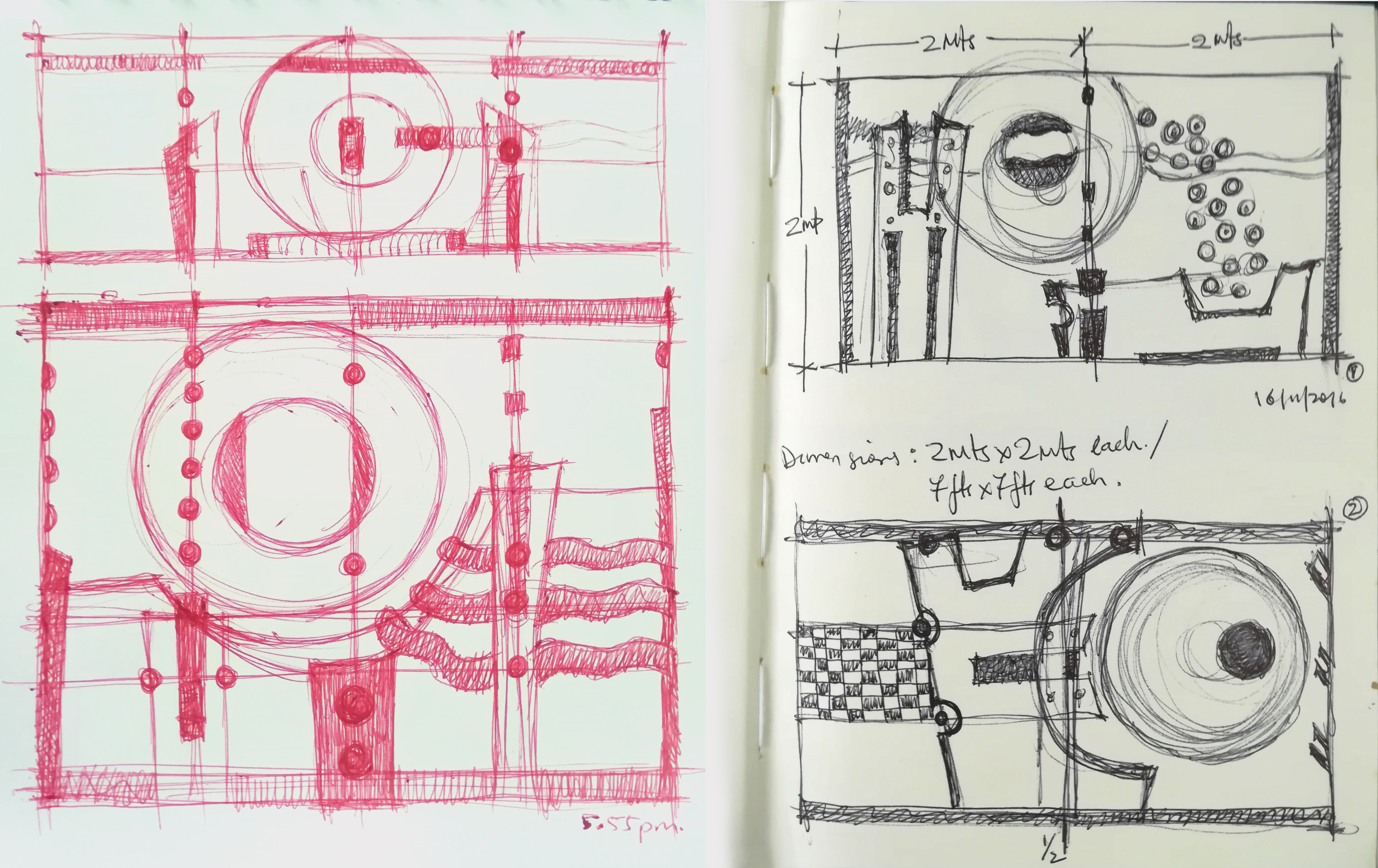
The book Illustrator, Alan Lee, lead concept artist of Peter Jackson’s, Lord of the Rings films said, “To draw a tree, is to pay attention to every aspect of that tree, as it is, an act of reverence not only toward the tree but also our human connection to it. This is one of the magical things about drawing — it gives us almost visionary moments of connectedness.” It is the purest form of expression which requires virtually no equipment, and yet can provide the greatest transcendence in the hands of a true master or could became a simple tool of communication in the hands of others.
Drawing is the fundamental basic discipline in all fields related to plastic or applied arts. It’s an important step in the process of arts training. It describes a mental means that is based on seeing in which an idea is designed and shaped (Banu Bulduk 2009, Hacettepe University). Sculptors, painters, illustrators, as well as other designers draw what they see or conceive in their minds before starting any form of work. The usage of lines, contours, shadings, scribblings, hatching, or simple mark making, highlights the subject matter and helps to understand the product. Rather than building the product without any preliminary setting, idea development or sketch. As an example, what designer’s call working drawings help to prepare or develop new solutions that analyze and create stronger compositions for better results.
It’s my contention, that throughout human history drawing has been regarded as the preliminary or preparatory stage for any work of art, plan, or engineering stage, for example, ancient city plans, anatomical studies, preparation for painting, sculpture, aqueducts, temples, or great fortifications. For example, we have Leonardo da Vinci’s working studies in the codices, his sketchbooks, that serve as good examples of this expression.
“Yet, I believe that this critical medium of communication and art form is draining out of our universities, colleges, and schools, and being seen now as an old-fashioned affection in a world full of 3D-modelling, surfacing software, and drag-and-drop (cut-and-paste) graphics. Learning drawing is not an optional discipline; to be an artist, designer, architect, engineer or any creative individual engaged with the external physical surrounding you must be able to visualise the world by the means of drawing.” — Richard Seymour
Free drawing means a mark made on the sand with a stick, a mark made with a stone on the ground, or charcoal on a cave walls. It does not matter what medium or technique the artist might use. It would be difficult to prove that drawing existed before any written or spoke language of communication. Drawing itself is a form of communication. Ancient written languages such Sumerian, Egyptian, or Chinese are not phonetic. They were based on a pictogram which embodied meaning. The Kanji, a Japanese character or constructed symbol, is full of meaning. If a Chinese or Japanese see it, they might be able to communicate or understand it on some basic level. This pictogram symbol represents meaning, not sound. Here the visual meaning of the character (Kanji) has transcended the spoken words.
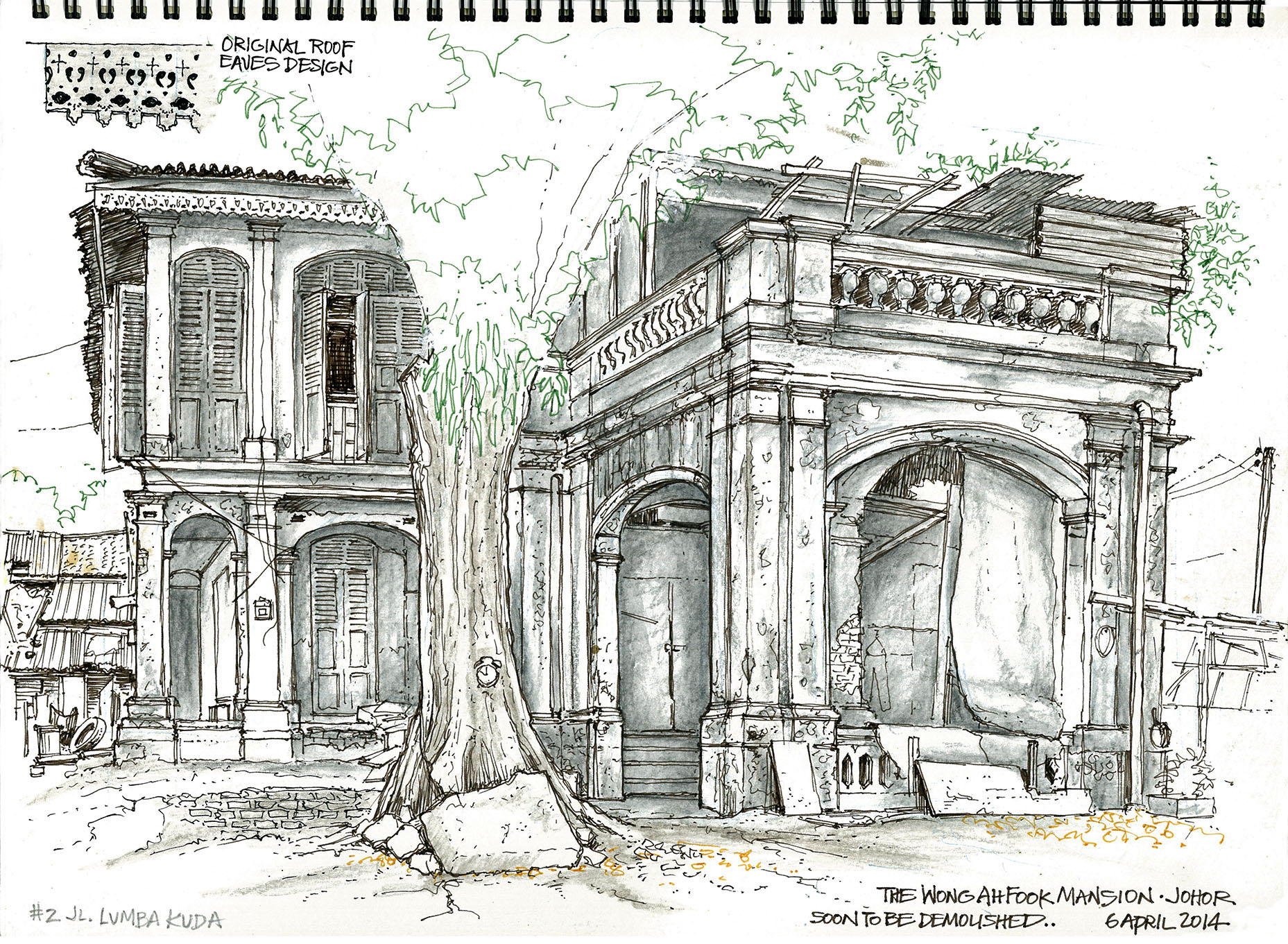
In the first few months after birth, we learn and develop the sense of sight in a very complex manner reinforced by the sense of touch and smell in the early weeks or months. However, accurate depth perception (which is the hand-eye-coordination) takes a much longer time to develop and understand. Early children’s drawings in the pre-schematic stage refers to the stage where the child is drawing his first symbols but has not yet developed “schema”. Generally, from 3 to 7 years of age the main characteristics of this stage are the repetition of symbols of familiar objects and the usage of the base-line visual representation. When the child is about 15-months-old, they might be able to scribble. After around 18 months, toddlers will probably enjoy painting and drawing with crayons, washable felt tips, or paints. The young brain struggles to convert something they see or perceive into something that others recognise, engaging some most recognisable components into a bundle of meaning.
A child will soon learn that others understand their scribbles and as handwriting improves through daily practice, guidance, and encouragement, the child replaces this visual metaphor with more accurate language. Some children will stop at this level, but others will continue improving and developing the right hemisphere of the brain, refining the hand-eye-coordination and feedback loop until it becomes an autonomous function or what some have called a second nature activity— an acquired deeply ingrained habit or skill.
For examples, driving a car, riding a bicycle, playing a musical instrument, or dancing to the rhythm of a song is part of a “second nature act” which has become part of us once we skilfully have managed and learned it. Recognizing this feeling as the synaptic pathway hardwired in our brain, we can watch our body do the work without conscious thought. Unfortunately, very few people experience this “happy feeling” or “mind blowing” excitement that comes when our bodies learns to draw, dance, or play an instrument. To be able to act on these activities in the early stage of our lives, is to take a challenge that will require time, determination and multiple hours of trial and error; perhaps, this is the reason that most of us give up.
(For further reference visit you-tube: Sir Ken Robinson – The Element: Retrieved from, on, 30/10/2019, at, https://www.youtube.com/watch?v=3TAqSBMZDY8)
End Part 1
Feature image credit and caption: © Artist Buz Walker. “Back Alley Barber, Singapore” – A few of these back-alley barbershops still exist in Singapore, usually run by older Indian men. Sketched October 20, 2013. Singapore. Watercolor, pen, ink on watercolor paper 200grams.

